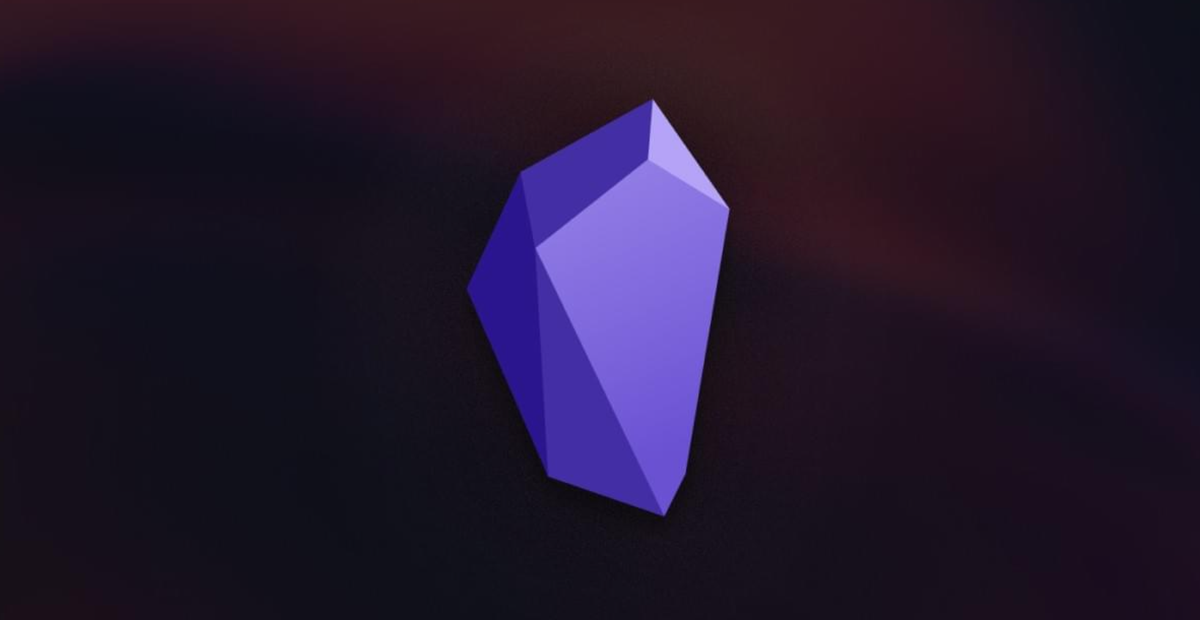Obsidian, a perfect 'magic spot' case study

Pitching innovation is hard. It gets harder when you don't have a clear business model to explain. If you do, though, things get straightforward as you just have to explain what is your added value and core offer.
Take Obsidian, for instance. Just another note-taking app in a market where Microsoft (and, to a lesser extent Apple) leverage where ginormous network effects to reign supreme. What they do, though, is exemplary (and incidentally, what I usually work on with/for all innovation projects): they define their own value space along two axes 1 and 2. Each axis by itself would be ambitious enough but combined; you get in a 'magical" zone. The magic spot.
This is Obsidian tagline: A second brain, for you, forever.

A second brain... (axis 1) is further explained. What does it mean? Why is it so exciting? What is the problem solved or the core value proposition?
Everything is connected. The human brain is non-linear: we jump from idea to idea, all the time. Your second brain should work the same. In Obsidian, making and following connections is frictionless. Tend to your notes like a gardener; at the end of the day, sit back and marvel at your own knowledge graph.
And then the ...for you, forever. (axis 2) adds a further ambition, pushing the first one beyond what would be reasonable.
Extensively extensible. Note-taking is incredibly personal. Tried every app, but something always irks you? You deserve better. For those who can't custom-build a solution for themselves, Obsidian is as close as you can get, with plugins, themes, and custom CSS at your disposal.
Notes for your grandchildren. In our age when cloud services can shut down, get bought, or change privacy policy any day, the last thing you want is proprietary format and data lock-in. With Obsidian, your data sits in a local folder. Never leave your life's work held hostage in the cloud again.
And in between, they insert a brief glimpse of the product between the tagline summarizing the two axes and the explanation of the different value propositions. Nothing much, but we know it's an app, not some neural surgical implant.
This eventually creates a simple communication pyramid, with a top part, a product glimpse, and then the two axes, themselves explained with more and more granularity, up to the key features.

All this is only possible because there's a business strategy and a clear competitive positioning. I'll explain this framework further, how it connects to the strategic side, and why this two-axes gimmick is so important in the newsletter this week.
Stay tuned ☺️



